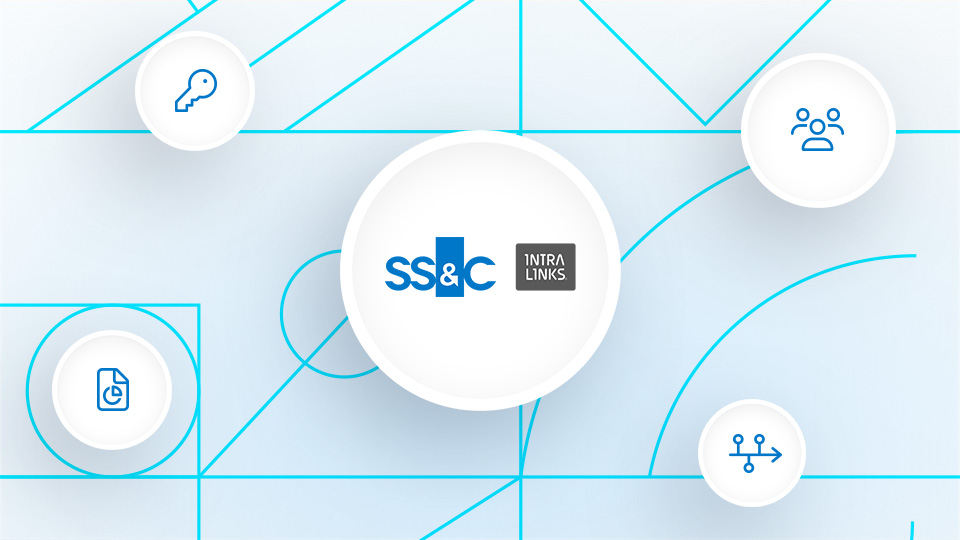Global M&A Continues Its Slow Recovery
Some markets are showing signs of life despite persistent headwinds.
Tags
As we entered H2 2023, mergers and acquisitions (M&A) dealmakers were hopeful about the prospect of inflation and interest rates reaching their peak. While inflation has subsided in some regions, it remains well above many central banks’ targets, and it’s unclear how long interest rates will remain elevated. In addition, the aftershock of the banking crisis in the U.S. and Europe is still applying pressure to the leveraged finance market, keeping the flow of credit tight.
Now a familiar theme for dealmakers, these headwinds could continue to hinder deal financing and suppress valuations in Q4 2023. But despite challenging macro conditions and increasingly complex diligence processes, deals are still getting done. Cash-rich corporates and investors have continued their programmatic M&A, and those with less liquidity are turning to private lenders to finance deals and buy into funds.
M&A deal flow remains on par with the new normal
While it may be a tall order to match the relatively high benchmark set at the end of Q1 2023, there has been a noteworthy uptick in early-stage M&A activity through the back half of Q3. This trend indicates a neutral-to-positive outlook for Q4, both quarterly and year over year. Given persisting macro-level uncertainty, even moderate upside in the mid-single-digit range is a welcome sign that challenging economic conditions aren’t stopping dealmakers from pursuing attractive opportunities.
IPOs are back, but valuations have taken a hit
Another indicator of confidence in corporate finance has been the apparent return of initial public offerings (IPOs). Arm, Instacart and Klaviyo all enjoyed strong market debuts in mid-September 2023. Still, concerns about valuations are tempering market sentiments. Much like those on the M&A sell-side, companies looking to go public in the current environment are still reckoning with a significant drop-off in valuations compared to the frenzy of 2021. For example, grocery delivery company Instacart’s USD 11.1 billion market capitalization was well below its USD 39 billion valuation on the private market in 2021. On the bright side, companies are focusing more on profitability and growth, which bodes well for long-term investor returns.
Select APAC markets are showing resilience
Based on findings from the SS&C Intralinks Deal Flow Predictor for Q4 2023, which leverages early-stage transaction data to create a highly accurate market prediction, we expect dealmaking in Asia Pacific (APAC) to buck the overall slowing trend in global M&A. In Japan, M&A volume has held relatively steady even as other markets fell into a post-COVID slump. Heading into Q4 2023, a combination of impressive economic growth, new government guidelines to promote M&A and pressure from activist shareholders could drive a solid finish to the year for dealmaking in Japan.
While Japanese companies have historically been quick to resist takeovers, it may become increasingly difficult to argue against adding efficiency and cash infusions. This was the case when Toshiba recommended that its shareholders accept a tender offer from private equity fund Japan Industrial Partners (JIP), which will allow the company to refocus on building long-term growth strategies.
U.S.-China tensions and ESG concerns are driving mining consolidation
In Australia, recent activity in the mining sector indicates a similarly positive outlook for Q4 2023. Australian companies are eager to transact with manufacturers in the U.S. and other Western nations looking to reduce their reliance on China for lithium and other rare earth elements needed for electric vehicle production. And big-ticket deals such as the USD 10.6 billion merger between Alkem and U.S.-based Livent have shattered what proved to be a temporary ceiling on lithium demand.
On the other side of the sustainability coin, we expect an uptick in environmental, social and corporate governance (ESG)-related divestitures in the region. Early in 2023, BHP, Australia’s largest mining company, announced it would sell its Daunia and Blackwater coal mines, garnering interest from energy firms and high-net-worth individuals in APAC and abroad. The gold mining sector will also likely undergo continued consolidation. Given rising costs, labor shortages and dwindling reserves, expanding production through M&A currently carries less risk than developing greenfield projects.
Looking ahead
These are just a few of the dealmaking storylines market participants will want to track as 2023 comes to a close. Overall, dealmakers’ willingness to test the waters and capitalize on opportunities for inorganic growth indicates that while the market is down, it is certainly not out. Our data suggests aggregate deal flow is poised for a modest rebound. Still, dispersion will vary due to the unique geopolitical and economic factors facing each region and industry.
Want to learn more about current market sentiments and the global M&A outlook? For an in-depth look at the top dealmaking trends and an exclusive data-driven M&A forecast by geography and sector, download the SS&C Intralinks Deal Flow Predictor for Q4 2023. This issue also includes an interview on private credit’s role in M&A with Paul Johnson, deputy head of Bridgepoint Credit.





